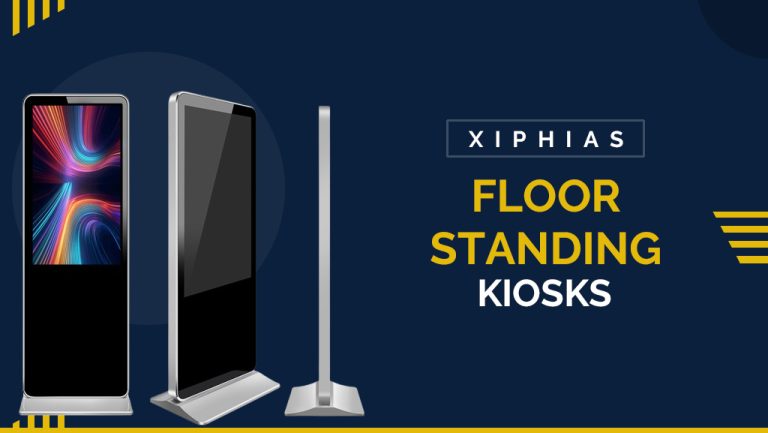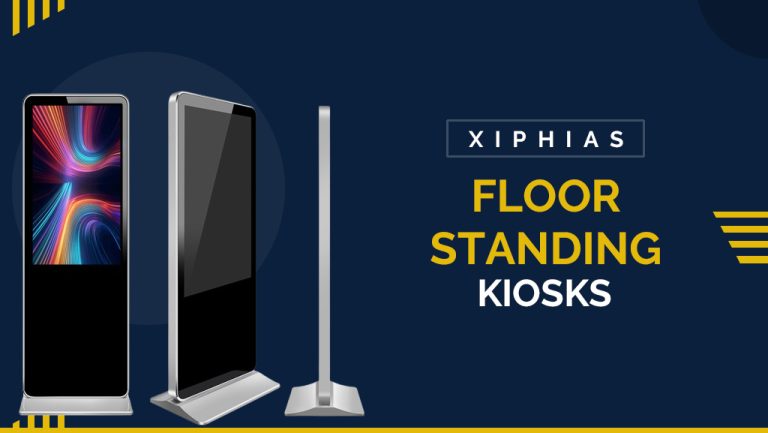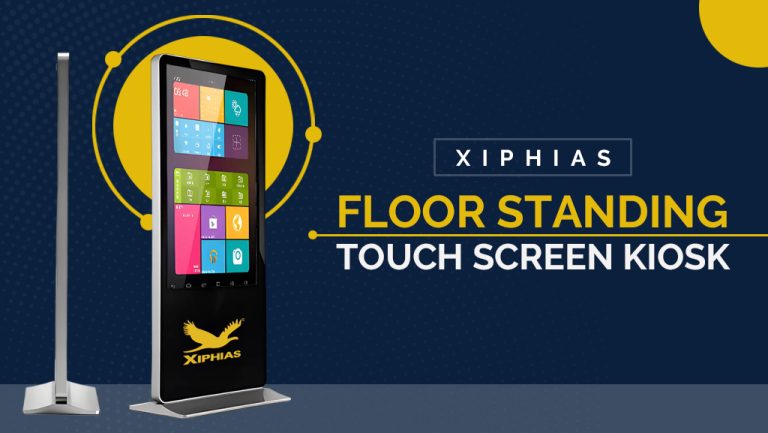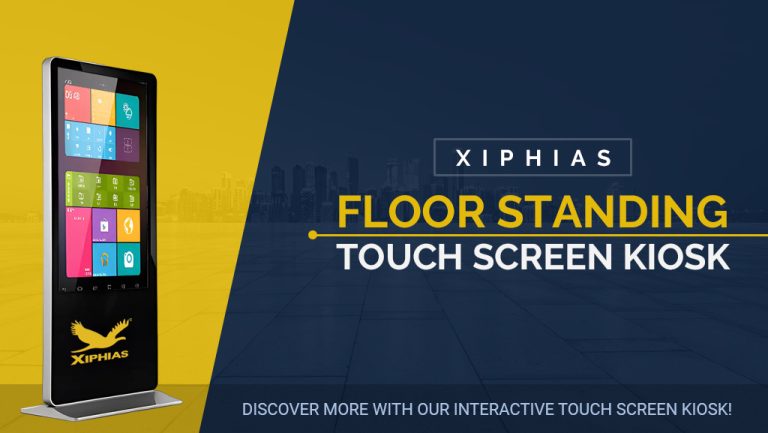Interactive kiosks have become an integral part of various industries, revolutionizing the way businesses engage with customers and streamline their operations. When implementing kiosk solutions, one of the fundamental decisions you’ll face is whether to opt for floor standing kiosks or wall-mounted kiosks. Each option has its unique advantages and considerations
The Versatility of Floor Standing Kiosks
Floor standing kiosks, also known as freestanding kiosks, are standalone units that are typically placed on the floor, often secured with a heavy base for stability. These kiosks offer several advantages:
Visibility and Accessibility:
Floor standing kiosks are easily noticeable due to their height and presence on the floor. This visibility can be a significant advantage in busy environments, helping customers locate the kiosk effortlessly. Moreover, the accessibility of floor standing kiosks makes them suitable for users of varying heights and abilities, including wheelchair users.
Flexibility in Placement:
They can be positioned strategically in high-traffic areas, allowing businesses to capture the attention of passersby and engage with potential customers effectively. Whether it’s in a shopping mall, airport, or a retail store, you have the freedom to experiment with the optimal location for maximum impact.
Customization and Branding:
Floor standing kiosks provide ample space for branding and customization. You can design the kiosk to align seamlessly with your business’s aesthetics and branding elements, reinforcing your identity. Moreover, the larger surface area can accommodate additional signage and promotional materials, making it a valuable marketing tool.
Enhanced Interaction:
The ergonomic design of floor standing kiosks allows for a comfortable user experience. Users can interact with the kiosk’s interface without straining or bending, which is especially important for extended interactions, such as filling out forms or making complex selections.
Multiple Services in One Unit:
Floor standing kiosks can house various peripherals such as receipt printers, barcode scanners, and card readers, enabling them to offer multiple services in one cohesive unit. This feature is beneficial for businesses that require multifunctional kiosks, like self-service checkouts in retail.
The Elegance of Wall-mounted Kiosks
On the other hand, wall-mounted kiosks are affixed to a wall or other vertical surface. These kiosks offer their own set of unique advantages:
Space-saving Design:
Wall-mounted kiosks are an excellent choice when space is limited or you want to maintain a clean and uncluttered environment. They occupy minimal floor space, making them ideal for areas with high pedestrian traffic or limited square footage, such as narrow hallways or small retail stores.
Security and Stability:
Because wall-mounted kiosks are securely attached to the wall, they are less susceptible to accidental tipping or vandalism. This can be particularly important in public spaces where security and stability are paramount concerns.
Reduced Maintenance:
Wall-mounted kiosks typically require less maintenance than their floor-standing counterparts. Since they are elevated and less exposed to physical contact, they are less prone to wear and tear.
Focused User Engagement:
In some scenarios, a wall-mounted kiosk can provide a more focused and controlled user engagement experience. Placing the kiosk in a specific location can direct user attention precisely where it’s needed, making it ideal for interactive exhibits in museums or information points in libraries.
Choosing the Right Kiosk for Your Needs
Now that we’ve explored the advantages of both floor standing and wall-mounted kiosks, how do you determine which one is right for you? Consider the following factors:
Space Availability:
Evaluate the physical space where you plan to install the kiosk. If space is limited, a wall-mounted kiosk might be the more practical choice. For larger, open areas, a floor standing kiosk can make a more significant visual impact.
Visibility and Accessibility:
Consider the importance of visibility and accessibility for your target audience. If you want the kiosk to be easily seen and reachable, especially in crowded environments, a floor standing kiosk might be the better choice. For a more discreet or focused interaction, a wall-mounted kiosk may be suitable.
Aesthetics and Branding:
Think about the visual impact you want to achieve and how the kiosk will fit into your overall design scheme. Floor standing kiosks offer more space for branding and customization, while wall-mounted kiosks can blend seamlessly with existing aesthetics.
Maintenance and Security:
Consider the level of maintenance required and the security concerns in your chosen location. Wall-mounted kiosks are less exposed and may require less maintenance, making them a good choice for unattended or high-security areas.







